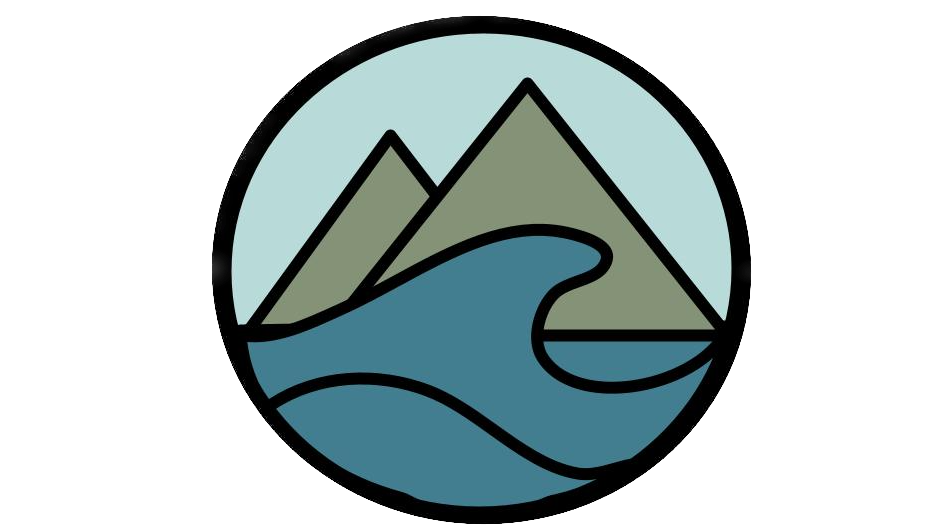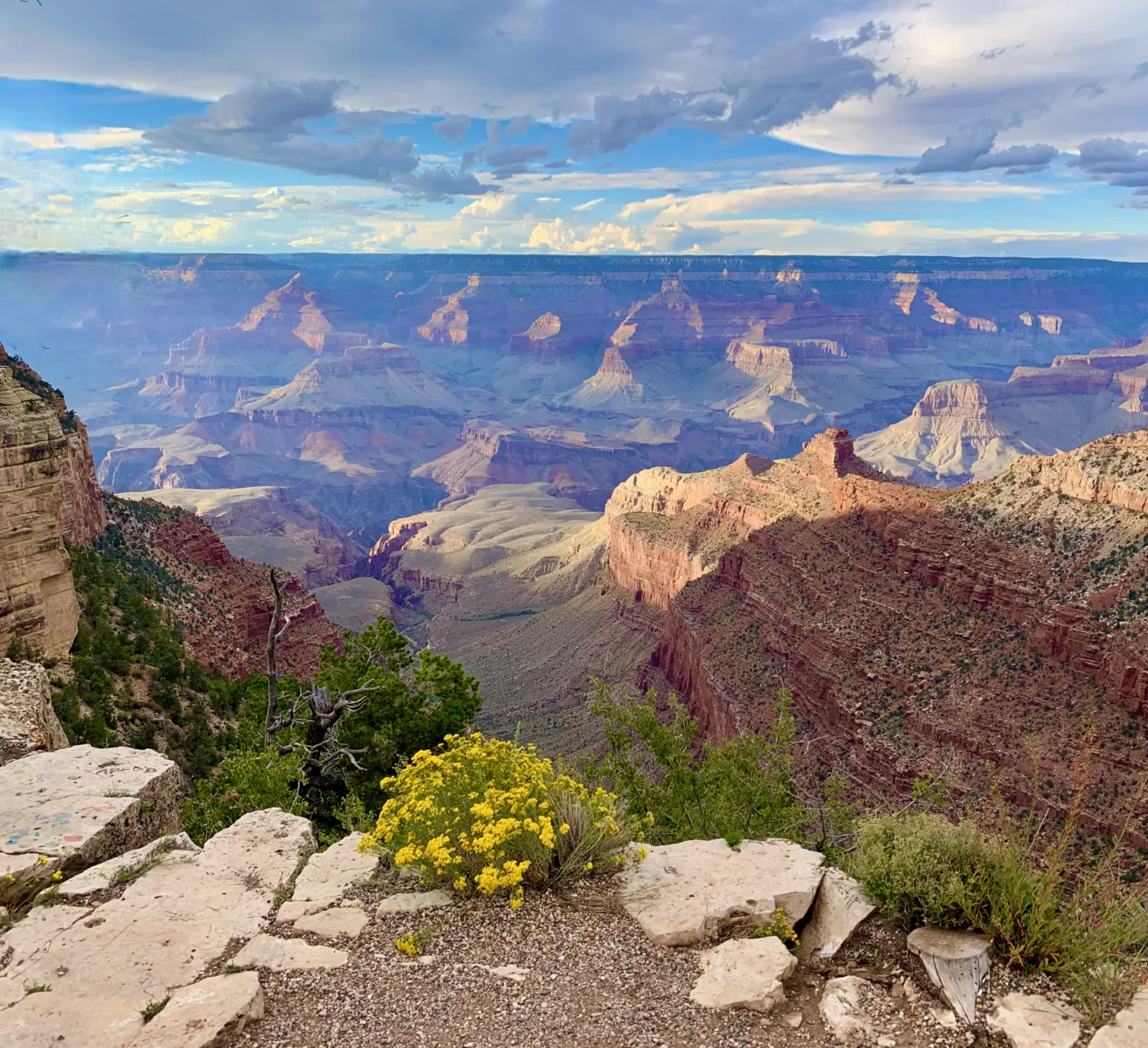If you’ve ever stood at the edge of something massive and felt tiny in the universe, you’ll know how it feels to visit the Grand Canyon for the first time.
Backpacking down to the river and then climbing seemed impossible—like something only the wildest adventurers would even attempt. Only 1% of visitors trek down to the river and joining that club was one of the most unforgettable and rewarding experiences. The views were out of this world, from towering canyon walls to vast, breathtaking panoramas that made the challenge worth every step.
In this blog, we’ll walk you through how to turn that impossible-sounding hike into a doable adventure. From practical tips to insider knowledge, we’ve got you covered so you can take on this epic adventure with confidence and enjoy the breathtaking panoramic views.
Destination Insights
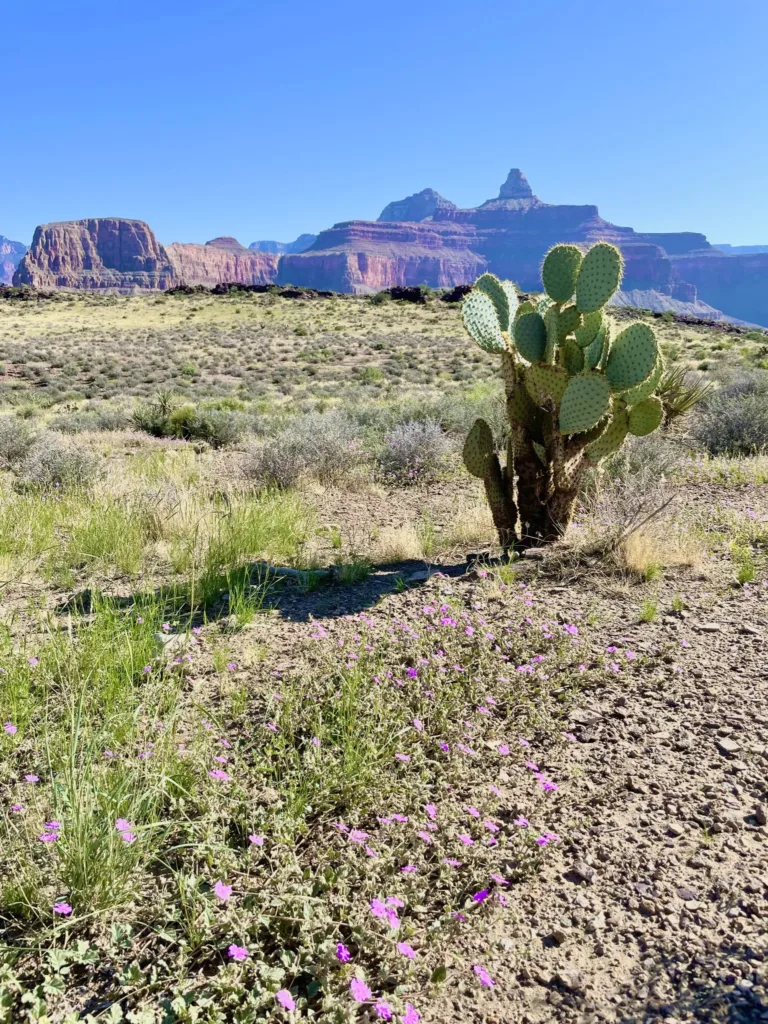
The Grand Canyon is among the most visited national parks, and it’s easy to see why since this place symbolizes America’s natural beauty.
History
Formed over millions of years by the Colorado River, this geological marvel has been home to Indigenous peoples for thousands of years, including the Havasupai, Hopi, and Navajo tribes. They consider the canyon sacred, with many stories and traditions deeply rooted in its stunning landscapes. European explorers first laid eyes on the canyon in the 16th century, with John Wesley Powell’s famous expedition in 1869 marking a pivotal moment in its exploration.
Flora and Fauna
Think the Grand Canyon is just a desert? Think again! Its diverse landscapes vary with seasons and elevation and seasons, showcasing everything from desert scrub and pinion-juniper woodlands to lush riparian zones along the Colorado River. This flora variety supports a rich array of wildlife, including mule deer, coyotes, bighorn sheep, and over 447 bird species.
Weather
When planning your visit, keep in mind that the Grand Canyon’s weather can vary significantly by season and elevation (ranging from about 2,400 feet at the Colorado River to over 7,000 feet at the North Rim). We visited in September, one of the most popular months along with April, when air temperatures can exceed 100°F (37°C) on the rim and 120°F (44°C) at the canyon bottom. The North Rim tends to be cooler and less accessible in winter, while the South Rim typically enjoys mild summers with daytime temperatures averaging around 80°F (27°C). Winters can bring snow and temperatures below freezing. Spring and fall are ideal for hiking, offering comfortable temperatures and fewer crowds—making these seasons the perfect time for adventure!
Travel Guide
Day 1
| Time | Activity |
|---|---|
| Afternoon | • Roadtrip: Drive 7 hours from LA to Kingman, AZ |
| Evening | • Dinner at In-N-Out in Barstow, CA. Insider Tip: Charge the electric vehicle here. • Night at Holiday Inn Express & Suites Kingman |
Day 2
| Time | Activity |
|---|---|
| Morning | • Roadtrip: Drive 2.5 hours from Kingman, AZ to the Grand Canyon |
| Afternoon | • Lunch at the Yavapai Lodge: Delicious pizza and cocktails! |
| Evening | • Night at Yavapai Lodge: Great place to pack up backpacks the night before. |
Day 3
| Time | Activity |
|---|---|
| Morning | • Shuttle to Backcountry Info Center, Lot D at 4:45 AM. Insider Tip: We took the Hikers’ Express Shuttle to SK trailhead at 5 AM. • Hike from SK to Phantom (7.1 miles, -4400 elevation). Insider Tip: Stop at Ohh Ahh Point and Skeleton Point for scenic views of the sunrise! |
| Afternoon | • Lunch at the Canteen: Don’t miss out on the best iced tea and lemonade you’ll ever have! Insider Tip: The Canteen is open from 8 AM to 4 PM, so plan accordingly. And remember to bring postcards and stamps to send home—they can be mailed by mule! • Relax in the creek and soak in the canyon. Insider Tip: If you’re still feeling adventurous, take on the scavenger hunt. |
| Evening | • Dinner at Phantom Ranch: Steak dinner, yummy! Insider Tip: Purchase sack lunches ahead of time and pick up at dinner so you can be with you the next day. • Night at Phantom Ranch: Experience backpacking in comfort, complete with air conditioning, a pillow, bed, and bathrooms with showers! |
Day 4
| Time | Activity |
|---|---|
| Morning | • Breakfast at Phantom at 6:30 AM • Hike from Phantom Ranch to Ribbon Falls (11.9 miles round trip, +1945 feet elevation). Insider Tip: Hiking through the “box” is said to be the most challenging section, where it can feel like an oven so be prepared with water and take many breaks. |
| Afternoon | • Picnic and relax at Ribbon Waterfall. Insider Tip: Make sure to check out the trail above the waterfall. |
| Evening | • Dinner at Phantom Ranch: Stew dinner, yummy! Insider Tip: Purchase sack lunches and a bag of ice for the next morning’s pickup. • Night at Phantom Ranch: Experience luxury backpacking once again! |
Day 5
| Time | Activity |
|---|---|
| Morning | • Breakfast at Phantom at 5 AM • Hike from Phantom Ranch to Bright Angel (9.9 miles, +4380 feet elevation change). Insider Tip: If you are into accent things, visit the oldest fossilized tracks in the Grand Canyon (N 36.063290 W 112.139140). |
| Afternoon | • Return to the South Rim: Designated drivers walk 0.5 miles (10 min) to pick up cars in the parking lot, then pick up gear and hikers. • Check out the Hopi House: Museum and shopping for Native American goodies. |
| Evening | • Dinner at El Tovar at 6:30 PM. Insider Tip: Avoid waiting by making a reservation in advance. • Night at Yavapai Lodge: Great place to unwind after an exhausting backpacking trek. |
Day 6
| Time | Activity |
|---|---|
| Morning | • Cruise along Desert View Drive. Insider Tip: Stop at Shoshone Point (2.2 miles RT hike for a less-visited viewpoint. |
| Afternoon | • Lunch at Yavapai Lodge: Buffet had a lot of options, ice cream hit the spot. • Off Road Diamond Creek Road to the bottom of the Grand Canyon: Insider Tip: Make sure to get permits at Hualapai Tourism Office and bring a flat tire repair kit (the tire popped and we had kit to repair but otherwise would have been stranded). |
| Evening | • Dinner at Cracker and Barrel: Such a fun family atmosphere and scrumptious cornbread! • Night at Holiday Inn Express & Suites Kingman |
Day 7
| Time | Activity |
|---|---|
| Morning | • Roadtrip: Drive 7 hours from Kingman, AZ back to LA |
| Afternoon | • Lunch at In-N-Out in Barstow, CA. Insider Tip: Charge the electric vehicle here. |
*We based our trip on One Best Hike: Grand Canyon by Elizabeth Wenk. If you’re planning Grand Canyon hiking, we highly recommend this guide book!
Next Time Must Do’s
Would love to visit Watchman’s Tower at the Grand Canyon, since it was closed during our visit. Rafting the Colorado River or taking a mule trek down into the canyon would add some adventure next time. Also, exploring the North Rim and hiking the North Kaibab Trail are high on the list for a quieter, more intimate experience of the Grand Canyon.
Wilderness Wisdom

Our Grand Canyon journey was shadowed by tragedy – the loss of a hiker during their South to North Rim day trip. This incident underscores the critical need to recognize and address heat-related illnesses in the wilderness.
Heat-related issues, like cramps, exhaustion, and stroke, are surprisingly common. Wondering when heat-related illnesses peak in the Grand Canyon? A study revealed that they are most common in May, likely due to our bodies not acclimating to rising temperatures. Here’s some knowledge on how to treat heat-related illnesses that can be a literal lifesaver in the unforgiving wilderness:
- Heat Cramps: Watch for heavy sweating with muscle pain or spasms; move to a cool place, drink water or a sports drink, and seek help if cramps last over an hour or if the person has a heart problem.
- Heat Exhaustion: Look out for heavy sweating, cold/pale/clammy skin, fast/weak pulse, nausea/vomiting, muscle cramps, tiredness/weakness, dizziness, headache, or passing out. Take action by moving to a cool place, loosening tight clothing, cooling the body with wet cloths/misting/fanning/cool bath, sipping water slowly, and seeking urgent help if vomiting occurs, symptoms persist, worsen after an hour, or confusion develops.
- Heat Stroke: Identify signs such as high body temperature, hot/red/dry/damp skin, fast/strong pulse, headache, dizziness, nausea, confusion, or passing out. Call 911 immediately, move to a cool place, and cool the body with wet clothes/misting/fanning/cool bath—avoid giving anything to drink.
Embarking on a Grand Canyon adventure necessitates preparation to navigate the challenges of its unforgiving heat. Here are some tips:
- Prior to the hike, focus on boosting your fitness through cardiovascular and strength training. Plan your route strategically, marking essential water stops and calculating your hydration needs. Begin hydrating days before the trip to prevent dehydration. Be sure to consult reliable sources like the American Red Cross to familiarize yourself with the signs of heat-related illnesses and prioritize breaks if distress is observed.
- During the hike, stay vigilant about the temperature, adjusting your pace accordingly. Maintain consistent hydration, balancing water intake with electrolyte-rich drinks. Choose lightweight, breathable clothing, and consider cooling techniques like the following Park Rangers’ pro tip below of using ice for a refreshing cooldown.
Insider Tip: On your ascent, snag a bag of ice from the Phantom Ranch General Store. Load some into your water bladder/bottles and add an extra shirt to the ice bag. At the halfway point of the hike out, don the chilled shirt for a refreshing cooldown. Stay hydrated, stay cool, and conquer those trails!
And remember the golden rule: Getting to the bottom is OPTIONAL, getting to the top is MANDATORY.
Trailside Ties
During our backpacking trip in the Grand Canyon, we relied on a helpful guidebook “Grand Canyon National Park: The Complete Guide” by James Kaiser that we’d recommend for anyone planning their adventure. It not only provided essential information but also sparked some great conversations along the trails. If you are looking for a story, I enjoyed reading “The Man Who Walked Through Time” by Colin Fletcher, which beautifully captures the nature writing of a man who trekked the length of the Grand Canyon below the rim.
One of my favorite moments was asking my fellow hikers, “What are you looking forward to?” Answers varied as much as the landscapes we traversed: “Feeling small in a big place,” “Time traveling,” “Colorful vistas,” “Discovering fossils,” “Sunsets and Sunrises”, “Ribbon Waterfall” and even “Off-roading.” This is how you deepen our connections with one another and create lasting memories tied to the experience. Whether you’re hiking with family or friends, don’t underestimate the power of sharing your excitement and building bonds in the backcountry!
Photo Journal
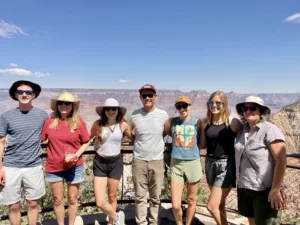
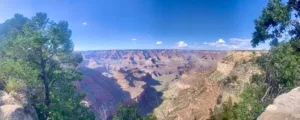
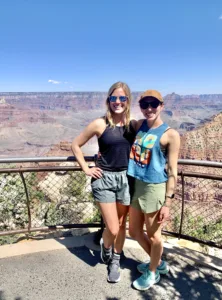
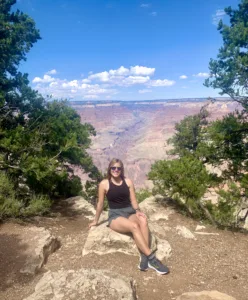
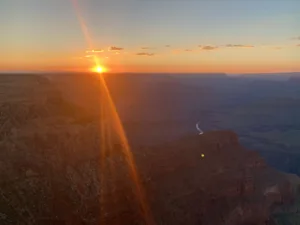

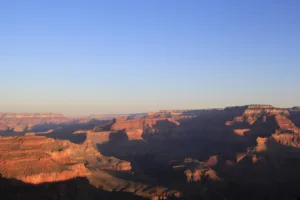
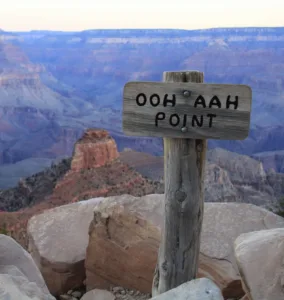
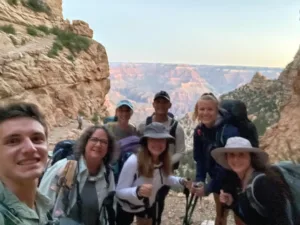
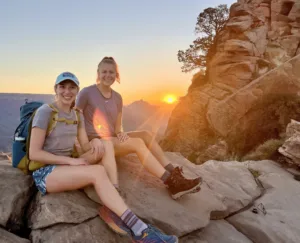
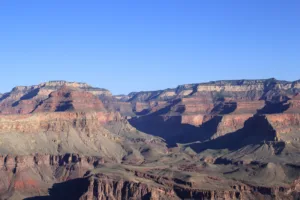
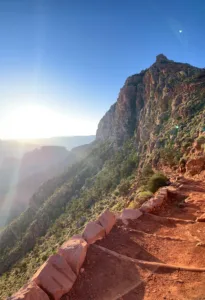
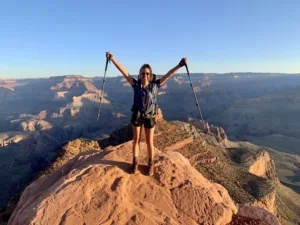
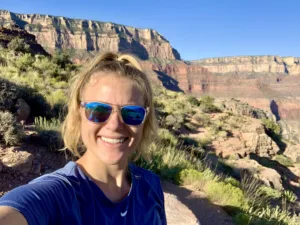
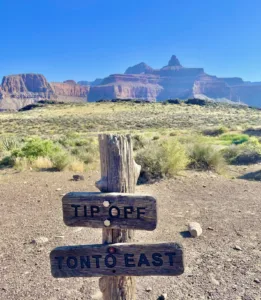
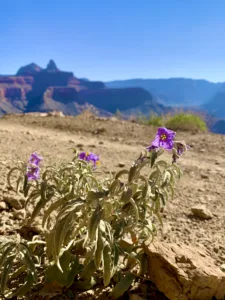
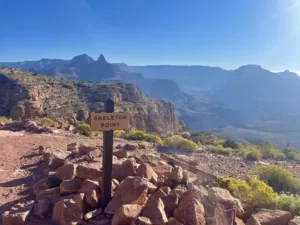
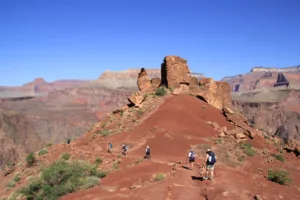
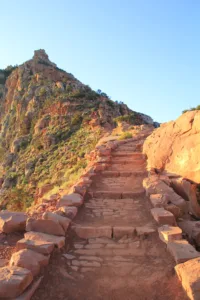
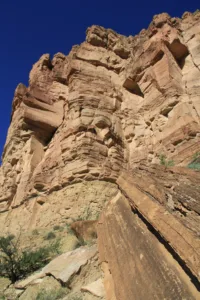
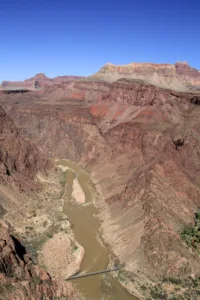
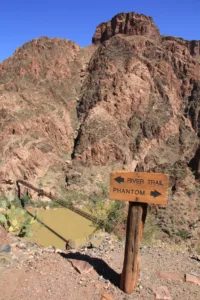
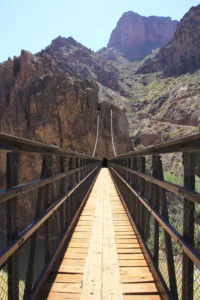
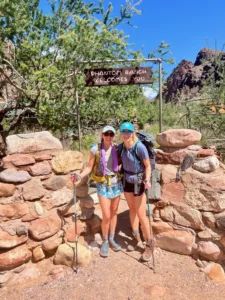
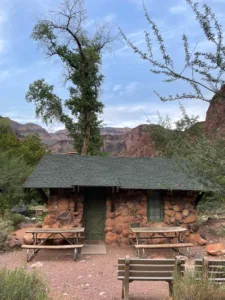
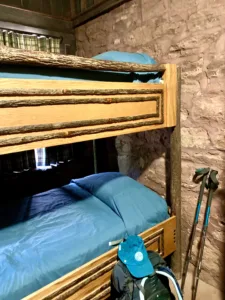

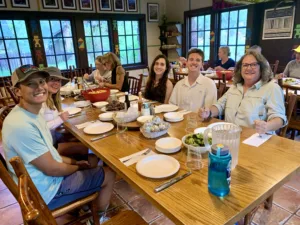
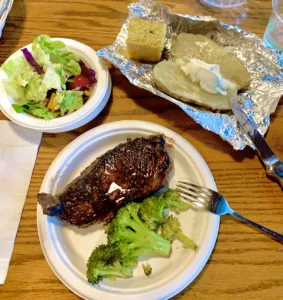
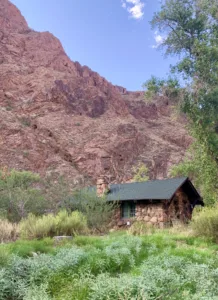
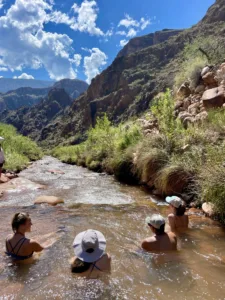
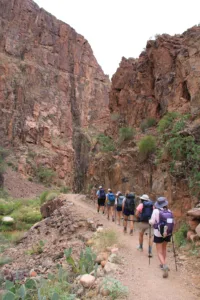
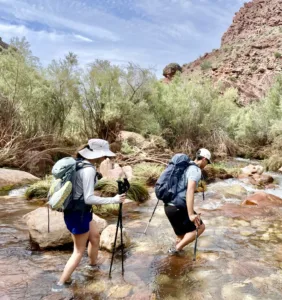
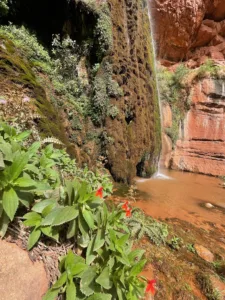
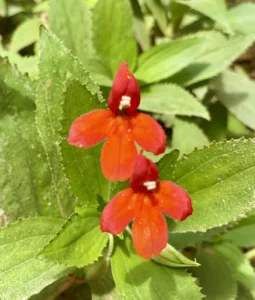
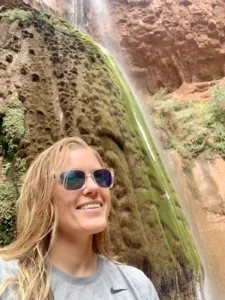
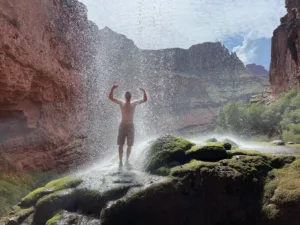
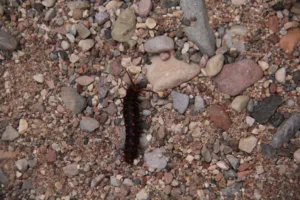
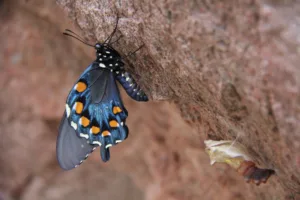

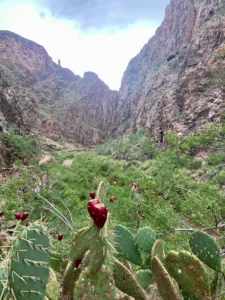
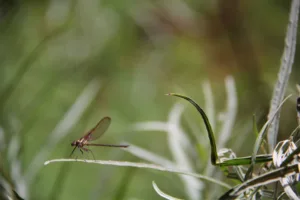

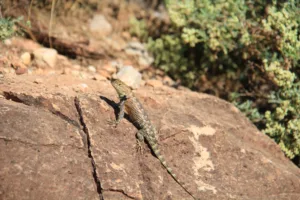
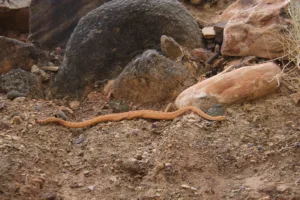
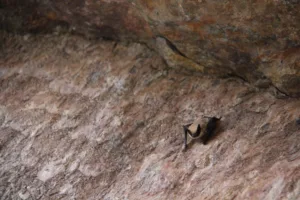
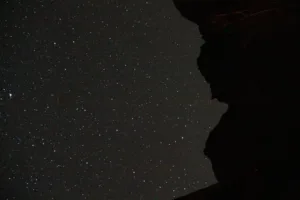
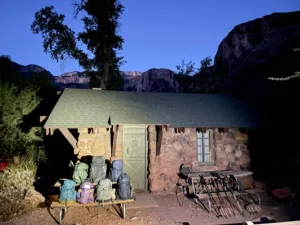
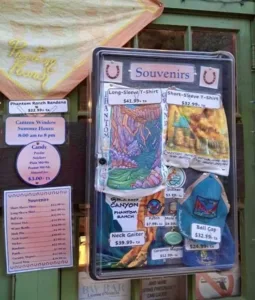
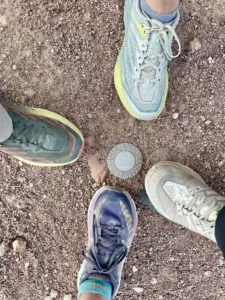
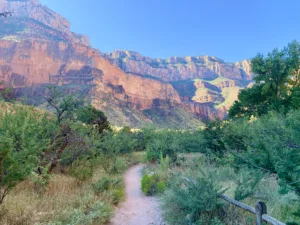

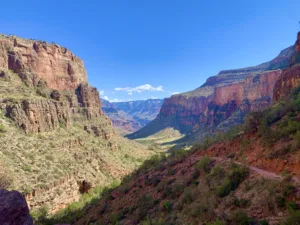
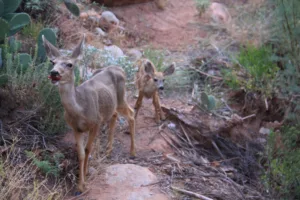
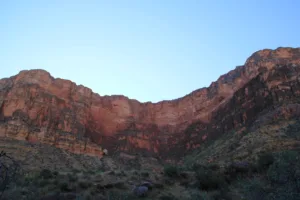
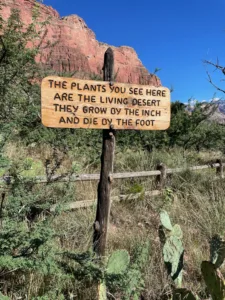
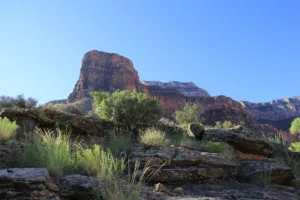
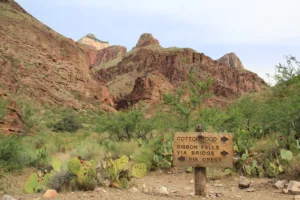
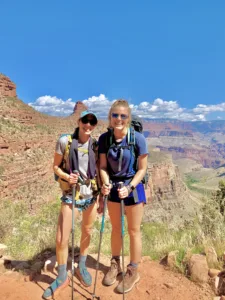
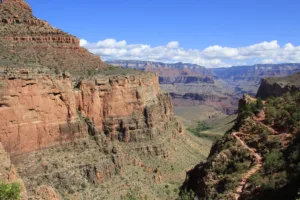
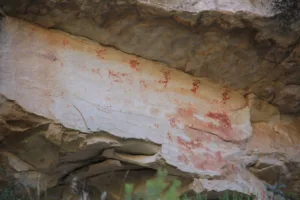

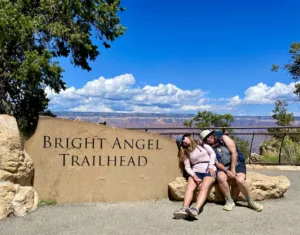
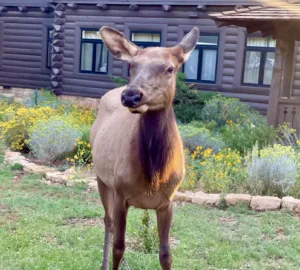


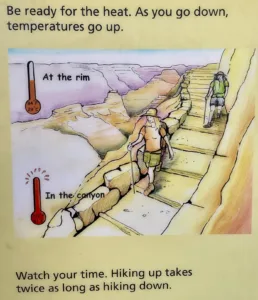
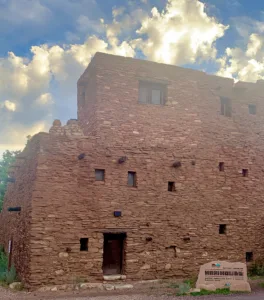
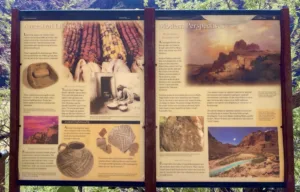
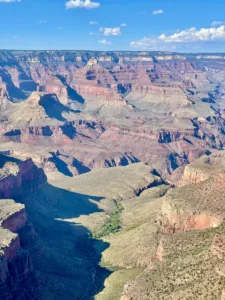
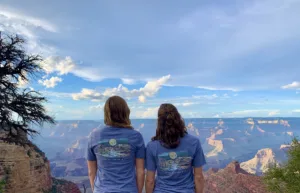
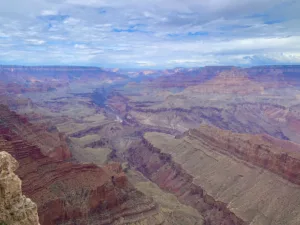

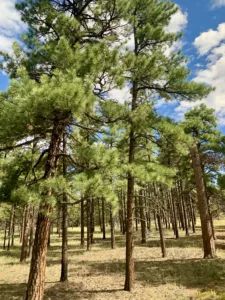
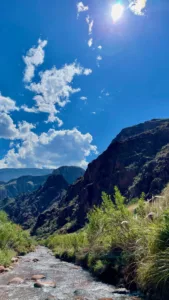
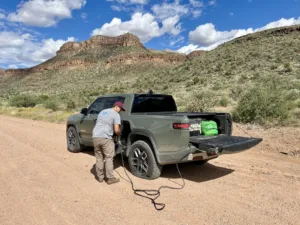
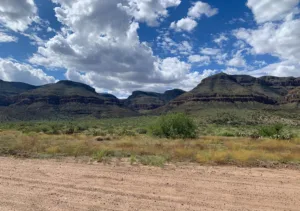
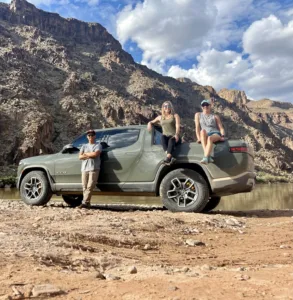
* Some of the incredible photos featured in this photo journal were taken by our amazing family and friends (Maria, Nicholas, Julia, Nam, and Liz thank you for capturing the adventure from your unique perspectives!).
Summary
The Grand Canyon is a treasure, illustrating the wonders of our world. Standing in such a vast place reminds you of how precious and meaningful life truly is, especially when shared with family and friends. Whether you’re taking in the breathtaking views from the rim, trekking down to the river, or off-roading through rugged terrain, each moment offers a chance to embrace life’s adventures. Hope this blog equips you with insider tips to navigate this National Park, ensuring you not only survive but thrive while creating lasting memories. Get ready to celebrate the grandeur of the Grand Canyon and all the joy it brings!
